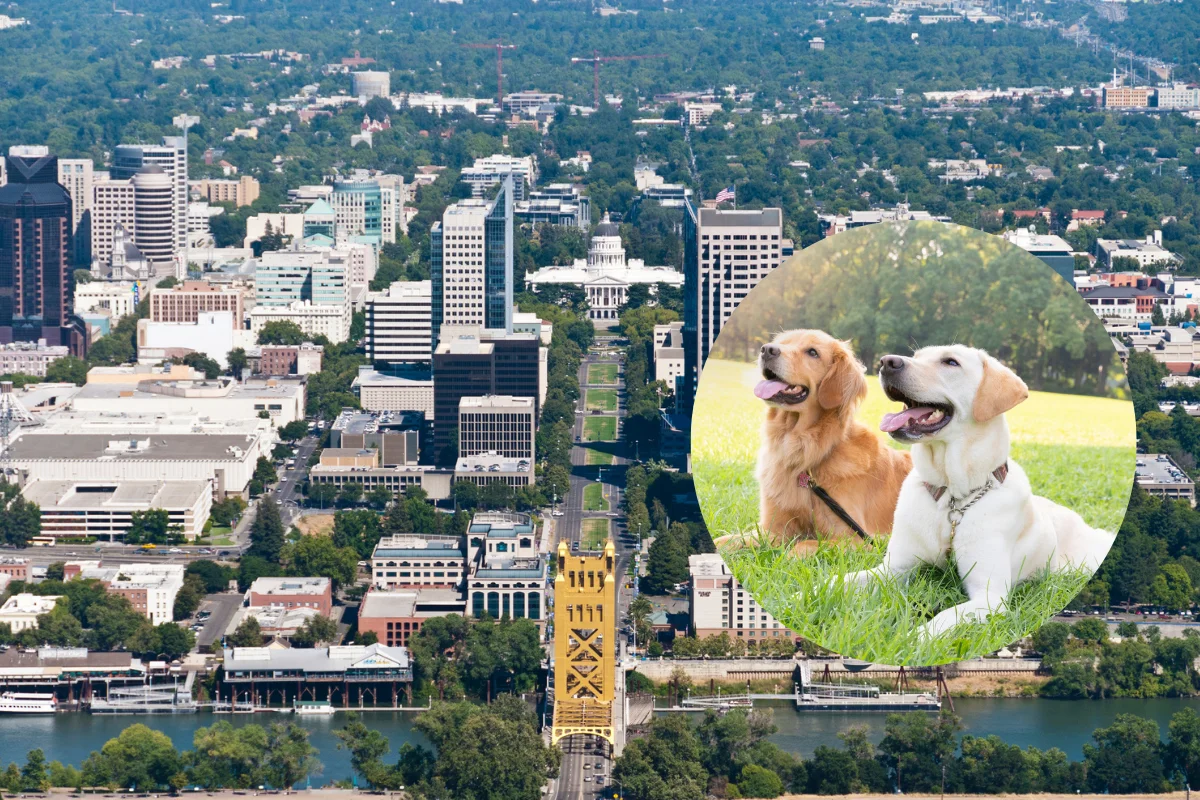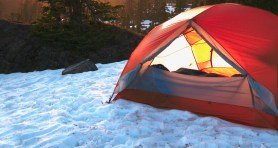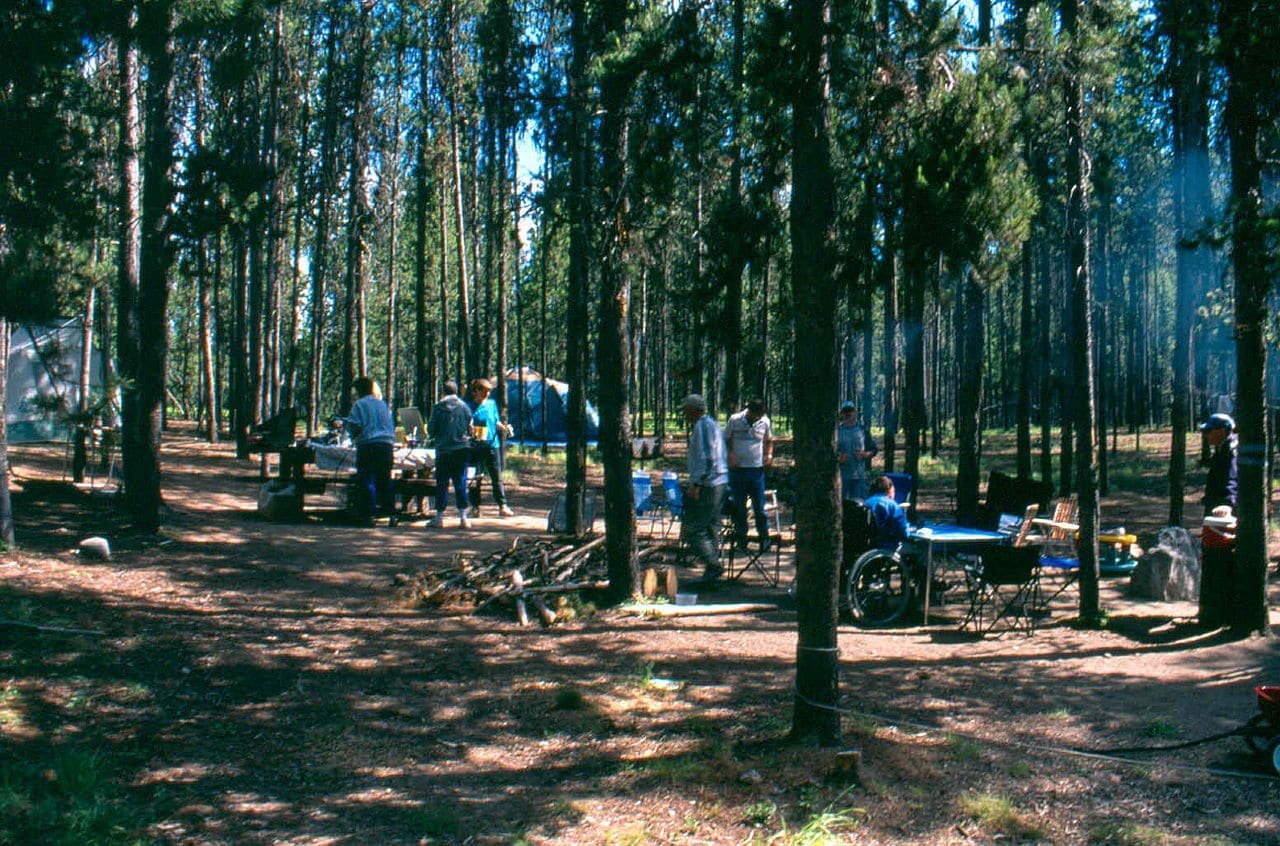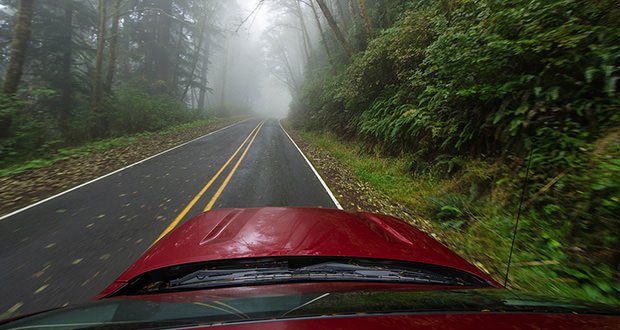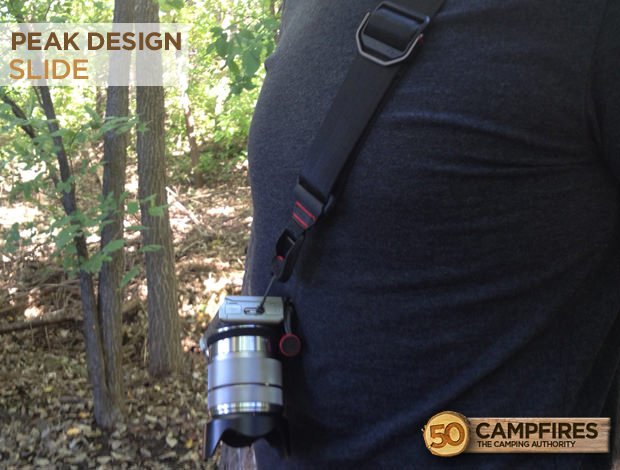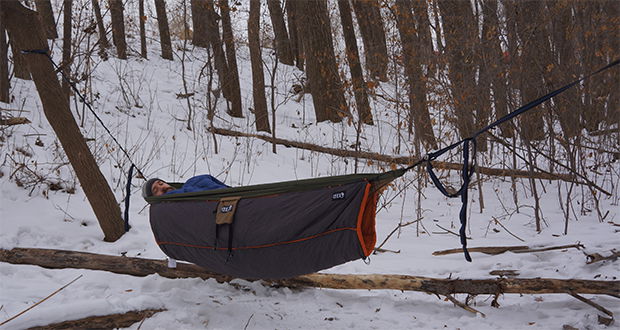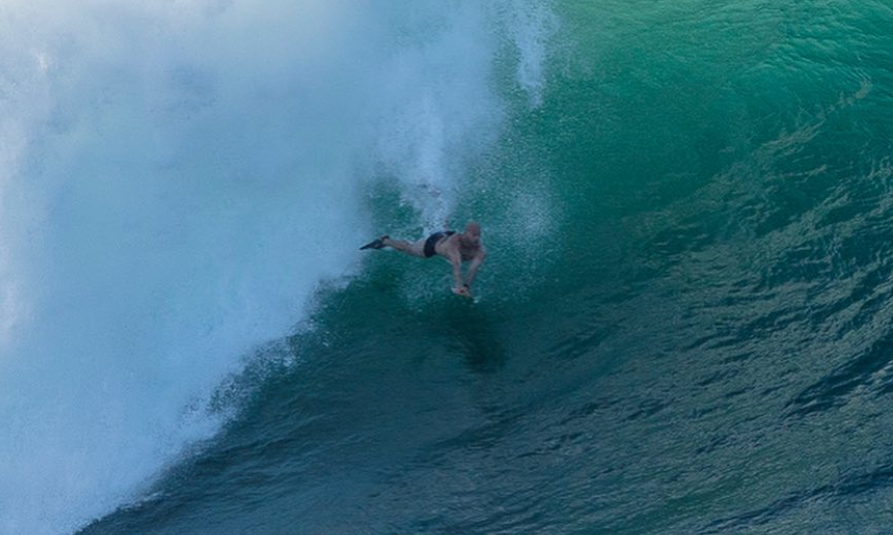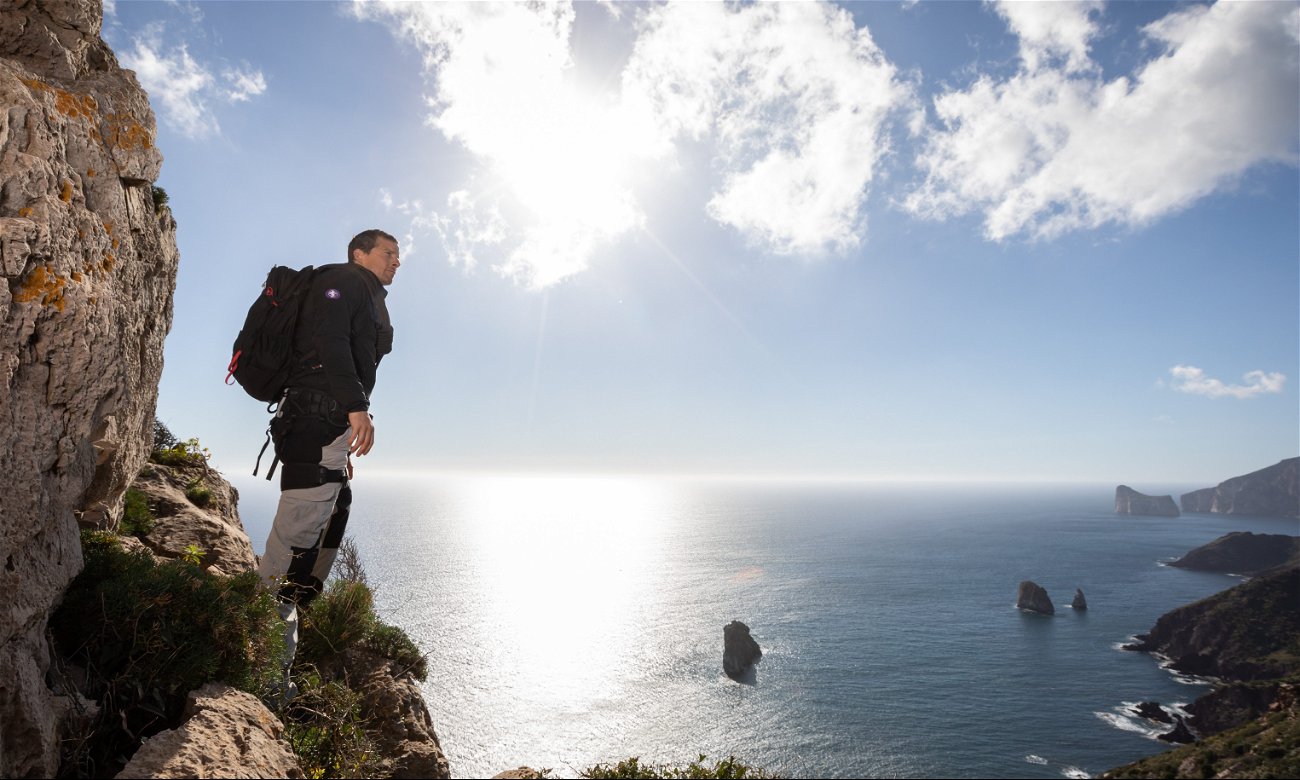When I asked Iditarod racer Tom Frode Johansen for his advice for first-time dogsledders, I was surprised at how simple his answer was. He said, it’s easy: Just show up.
Videos by Outdoors
“If you just want to try it out to try it out, you don’t need to prepare very much,” he says. Wear the winter clothes you already have, paired with the gear from your outfitter, and be ready for an adventure.
I shouldn’t have been surprised—I’ve experienced it myself. I went dogsledding in Kiruna, in northern Sweden, for the first time a few years ago. Before arriving, I had very little idea of what to expect. I imagined that it would be hard to stay on the sled, that I’d fall off and watch my team run ahead and I’d end up shouting after them and filling my boots with snow as I tried to catch up. But as it turns out, if you’re going with a guide, it really is as easy as Johansen says. While I had one close call where my sled toppled over and I almost lost my grip, ultimately, it turned out to be an oddly serene experience.

The hardest part was getting comfortable balancing on the runners of the sled, but one I found my footing, my team of four dogs pulled us over the trail with ease. We were so quiet that I could hear the dogs’ breathing and footfalls and the crunch of the snow as it compressed under the runners. With the dogs in charge, I got to enjoy the views of the mountains and the incredible novelty of gliding through the snow in the Arctic Circle.
The trip I did was along a section of the Fjällräven Polar, which is an annual dogsledding epic geared toward people with no experience in the sport. Anyone can apply to participate, and those who are chosen receive expert training on how to prepare their sled and care for and command their team of dogs, and get to camp outside under the stars in the snow.
Of course, if you’re looking to build your own sled team, it’s a different story. Johansen, who lives outside of Tromsø, Norway, got his first sled dog in 1983 after studying to be a P.E. teacher. Over the span of several years, he built up a team of dogs one by one. Since then, he’s competed in distance races like the Iditarod and built his own outfitting company, Lyngen Outdoor Experiences.

Where to go dogsledding
The further north you go, the more likely you’ll see the Northern Lights. If that’s important to you, Norway, Sweden and Finland are prime destinations. “You have to have clear skies for Northern Lights,” Johansen says. If it’s dark enough and the skies are clear, he says you have a 50 percent chance of seeing the lights—though it may only last for a few seconds, so you’ll have to pay attention. “That’s the magic of it,” he says. “It’s luck.”
In Sweden, Johansen recommends Fjellborg Arctic Journeys, based in Kiruna. In Norway, you can sled with Johansen’s company, Lyngen Outdoor Experiences.

If the Lights are less of a draw or if crossing the Atlantic isn’t feasible, you can find dogsledding experiences in the northern U.S. states that offer ample flat stretches for dogs to run, including Wisconsin, Michigan and Minnesota. Alaska, too—of course—is hard to beat.
When to go dogsledding
For a good chance of seeing the Northern Lights in Scandinavia, Johansen recommends booking a trip from late November through spring, when there’s enough snowpack for sleds and it’s cold enough for the trail to stay frozen.
You may also want to consider daylight. Northern Scandinavia experiences long nights in winter, where the sun may not rise above the horizon for weeks on end, depending on how far north you are. During this time, you may get a few hours a day of “blue” light, an ethereal semi-darkness that’s neither night nor day. The darkest months—November through February—are also the coldest.
Johansen generally recommends targeting April for mild weather and long days. Even though you may get up to 16 hours of daylight in Tromsø and other northern cities by the end of that month, he says you’ll also have dark nights with a good chance of seeing the Lights.

What to wear dogsledding
As with any winter outdoor pursuit, it’s essential to wear clothes that will prevent you from overheating. If you get too hot and start sweating, you can get cold quickly once your sweat hits the air or if your clothing becomes sodden. On a dogsled, you’ll mostly be standing fairly still, so you need to dress warmer than you would for a sport like skiing, which involves a lot of movement and generates a lot of body heat.
Wool layers are best, and cotton should be avoided. This is because wool will hold your body heat and keep you warm even while it’s wet, while cotton won’t—which can literally be deadly in the wrong conditions. Wool also naturally repels odors, so you don’t have to wash it as frequently, making it ideal for traveling and sports. Synthetic layers are also a safe bet, but usually lack those odor-repelling benefits unless they’re specially treated.

You’ll want baselayers for your top and bottom, plus a midlayer (or two) to trap and warm the air and an outer layer to block the wind and repel moisture if it snows. Dogsledding outfitters will likely have the footwear and insulated outer layers you need for your trip, so it’s worth checking in with your guide before you go shopping to make sure you don’t buy something you don’t need.
How to prep for a dogsled trip
You can’t really train for dogsledding at home, but you can practice being outside in the cold if you happen to live somewhere with frigid winters. You’ll be standing still on the sled as it moves over the snow, and you’ll be moving around quite a lot if you’re on a multi-day trip with camping in between, so it won’t hurt to practice going for long walks in your winter gear and adjusting your layers as needed if you’re not accustomed to the weather.

Doing a bit of light reading also doesn’t hurt to stoke your sense of adventure. Blair Braverman’s book Welcome to the Goddamn Ice Cube is a great tale about learning how to dogsled at a Norwegian folk school and then guiding in Alaska. She now has her own team of dogs in Wisconsin.
If you’re aiming to see the Northern Lights and going with friends, it might also be wise to come up with a plan for making sure you don’t miss them in the middle of the night. When I went to Sweden for the Polar, I got a bit overzealous and may have woken up my whole cabin for what turned out to be a very brightly moonlit cloud. I only made up for it when I actually spotted some Northern Lights a night or two later, and got back in everyone’s good graces with a worthwhile late-night wakeup call. To prevent yourself from repeating my faux pas, discuss who’s on lightwatch duty and who does—and doesn’t—want to be woken up.
A unique opportunity for students
Are you or do you know a young adult who dreams of racing their own team at the Iditarod some day? There’s a school for that. Norway has dozens of folk high schools where anyone up to age 25 can go to learn a variety of skills, trades and crafts, from outdoor leadership to learning Norwegian to, yes, to dogsledding. Tuition is free even if you’re not from Norway, though room and board prices vary from school to school.

Kassondra Cloos is a travel writer in London. She focuses on wilderness adventures, urban green spaces and slow travel. Her work has been published by Outside, The Denver Post, Fodor’s, HGTV, Travel Channel and many other publications. She almost always has a few postage stamps in her backpack and is weirdly obsessed with snail mail. You can find more of her work via her newsletter, Out of Office.
